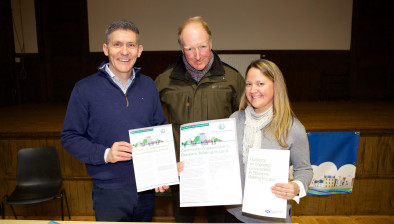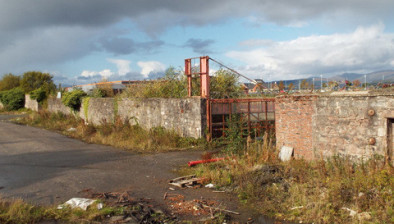International approach to land ownership holds lessons for Scotland

Hamish Trench
Scotland should look to international examples of land ownership, use, and management to inform its land reform programme, the Scottish Land Commission has said.
Its report entitled Review of International Experience of Community, Communal and Municipal Ownership of Land identifies three themes where Scotland’s approach currently differs, and where lessons could be learned from other countries’ experience.
These are: governance/ownership structures; local democracy and control; and land use planning.
In particular, the report studies four categories of community tenure, and analyses international examples of each category. They are:
- Collective properties and commons, where land is owned and managed through cooperative business models, or where the rights of the title holders are restricted and other people hold beneficial use rights over land such as in England and Wales, Norway, Italy, Mexico
- Municipal ownership and commonage, where local government authorities own and manage land in the public interest, and where land is co-owned by the state and community with varying degrees of community input as in Norway, France, South Africa and Germany
- Third sector and Community Land Trusts, where local democratic and representative non-profit organisations own land with the primary aim of community benefit like the USA and England
- Customary tenure and indigenous group, where land is owned/managed by indigenous people as happens in Kenya, Norway, Canada.
- The report finds that the boundaries between private, public and community land ownership are often blended in different governance models much more than is usually the case in Scotland.
Scottish Land Commission chief executive Hamish Trench said: “There is no single blueprint for land ownership, but this report highlights the possibilities and opportunities for thinking differently about land ownership in Scotland. It poses questions that go beyond the usual debate on land reform and ask us to think beyond the sectoral divides we sometimes assume are fixed.
“We will be using this work to explore new governance models and I hope it will stimulate wider discussion and ideas. We should be drawing on this international experience to shape reform that works for Scotland, reform that is designed to enhance our collective wellbeing and prosperity.”







